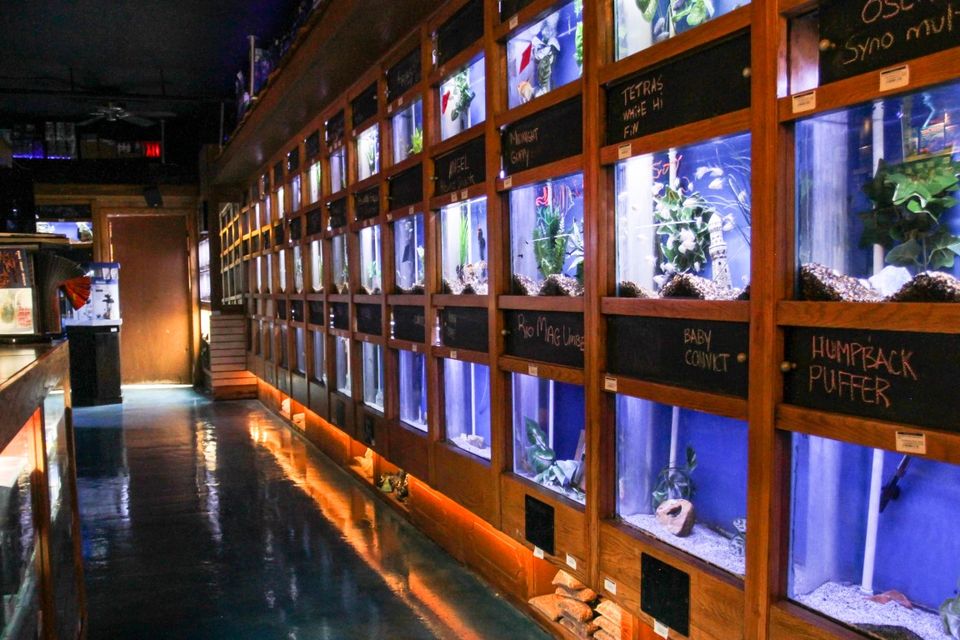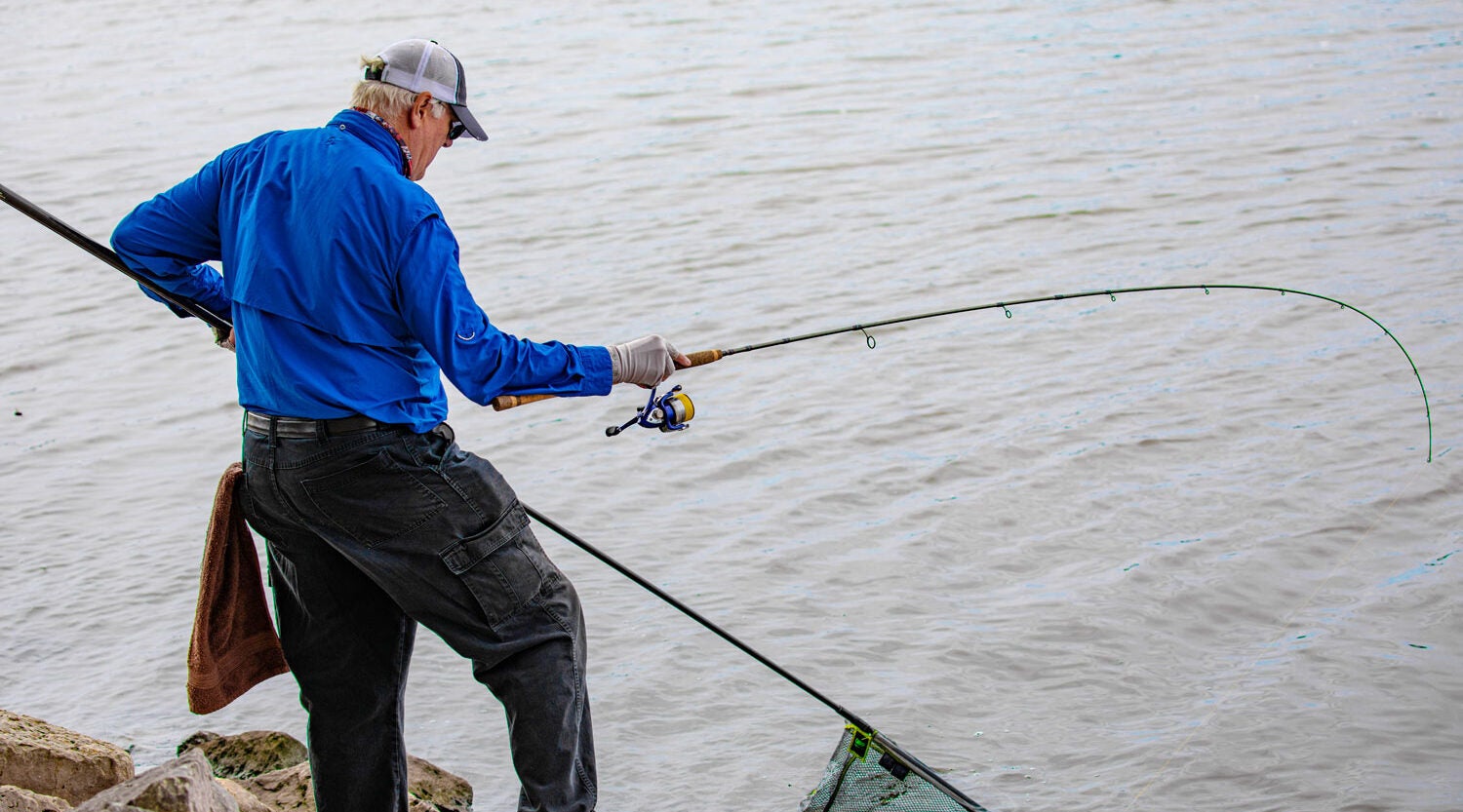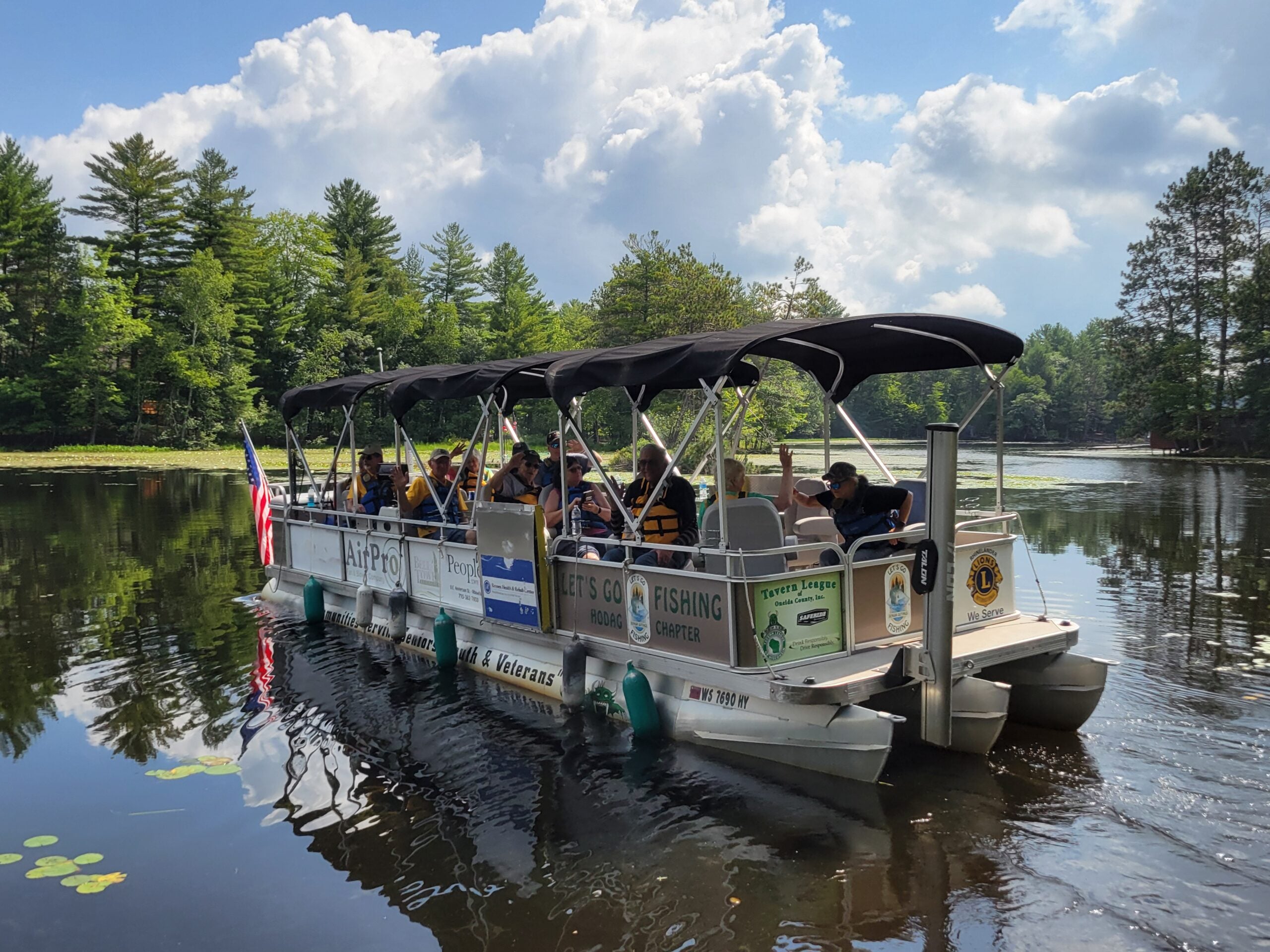Fall could be the perfect time to add an aquarium of fish to your home. No need for early morning cold weather walks, no potentially odiferous litter box as falling temperatures keep you indoors.
On a recent visit to WPR’s “The Larry Meiller Show,” Steve and Tyler Banach, owners and operators of The Fish Factory in West Allis since 1986, talked about the benefits of aquatic pet ownership.
They said the biggest benefit might be related to mental health.
News with a little more humanity
WPR’s “Wisconsin Today” newsletter keeps you connected to the state you love without feeling overwhelmed. No paywall. No agenda. No corporate filter.
“If it’s done right and it’s set up correctly,” Steve Banach said, “it’s very rewarding and relaxing.”
Setting your tank up for success
In-home beginner aquariums can be started for as little as $100, the Banachs said. But no matter how expensive the set-up is, selecting the fish for an aquarium should not be the first consideration.
“The key is the filtration system,” Steve Banach said. “You should think of your aquarium as a living garden. A good filtering system is one that produces nitrosomonas, which are bacteria that breaks down the fish waste. That’s what makes an aquarium succeed.”
For what to put in a home starter aquarium, the Banachs recommended betta fish.
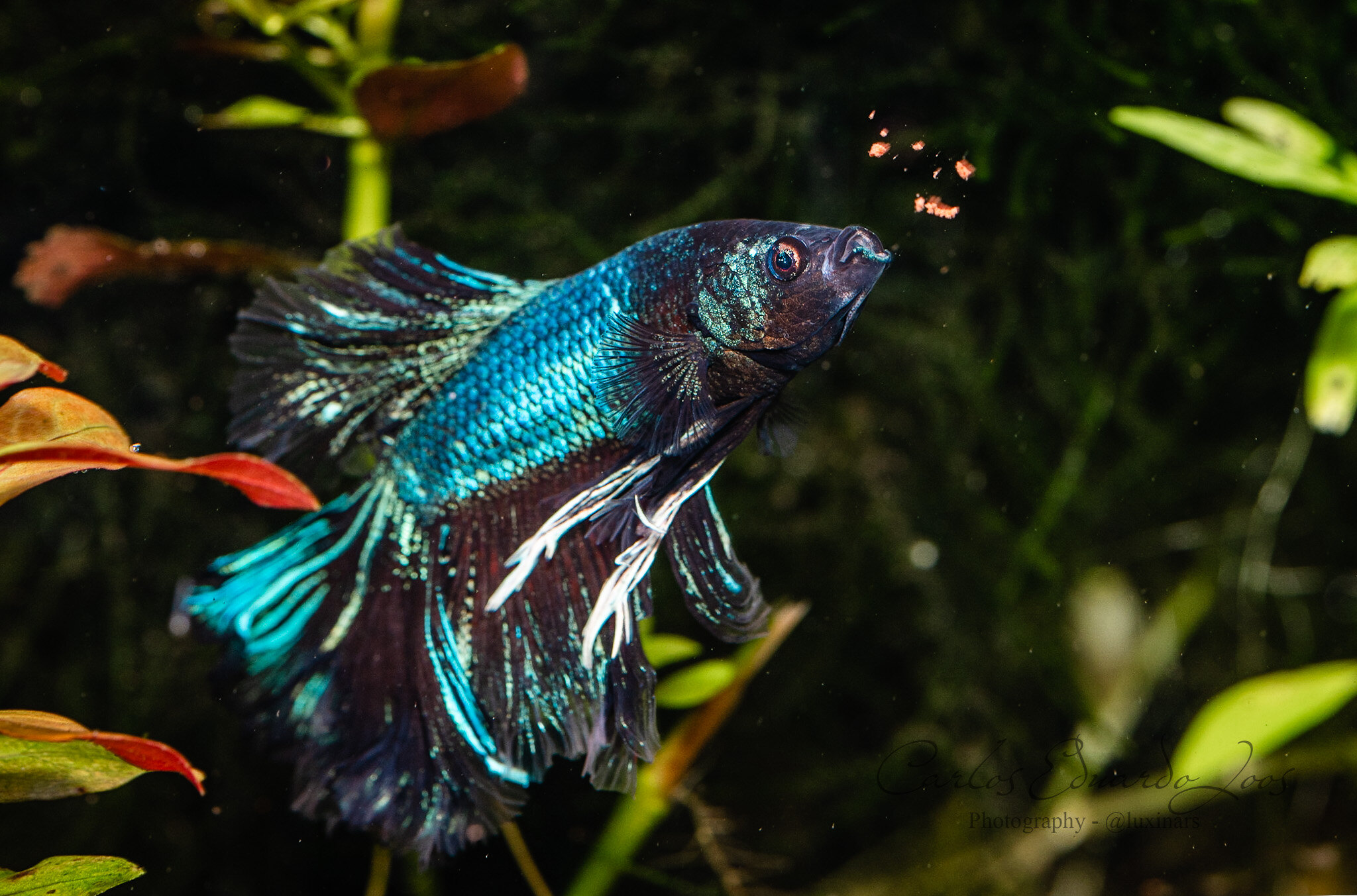
“You can actually put them in a smaller container or vase,” Steve Banach said. “With perhaps a gallon of water or two or three gallons.”
Another easy addition to a home aquarium are common goldfish that people may have won over the summer at county or state fairs.
Choosing the right fish and the right filtration system is just part of the setup process.
“We like to do interviews,” Steve Banach said. “When someone comes in and wants to set up a new aquarium, we might ask, ‘OK, are you home a lot? Do you travel a lot? What’s the space where you want to put the aquarium?’”
“It starts with you. We tailor the kit to you,” Steve Banach added. “We might ask about live plants. About how much effort you want to put into an aquarium. And your budget. Then we’ll go through all the things that we have available and find something that fits. We can do a basic set up or we go as high tech as getting you text alerts if your water temperature goes up or down by a point of a degree.”
A major decision for potential aquarium owners is whether to choose a saltwater or a freshwater aquarium. While saltwater aquariums provide more aquatic pet options, “saltwater requires additional equipment and cleaning products, saltwater fish are usually more expensive, and marine plants are pricier than those for freshwater,” Tyler Banach said.
It’s also recommended to keep fewer fish in a saltwater aquarium. Tyler Banach recommends “one inch of fish per gallon of water for freshwater fish and one inch of fish per five gallons of water for saltwater fish.”
The Banachs do suggest adding multiple fish to a new aquarium as fish get lonely.
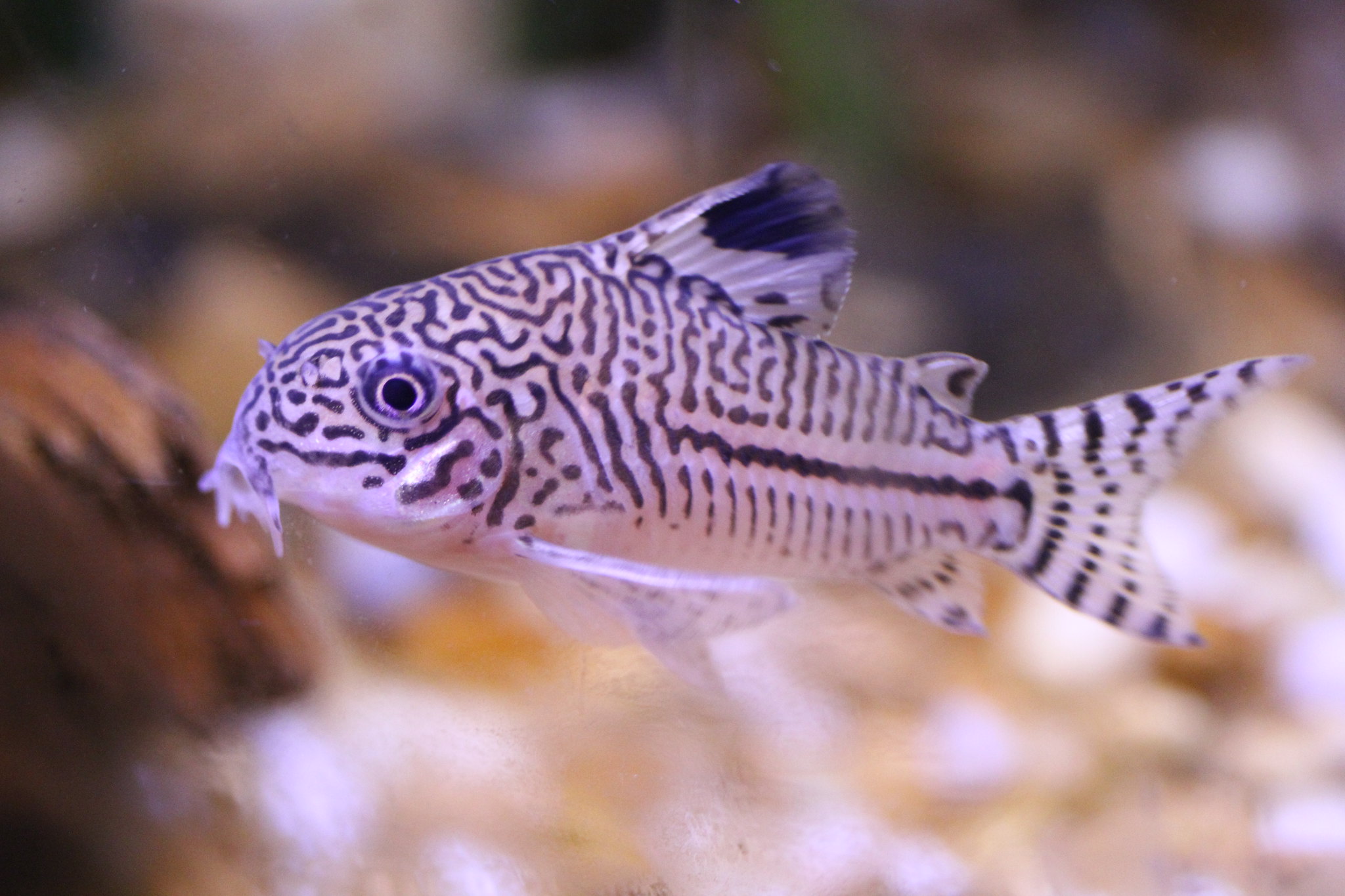
“There’s a lot of schooling fish that are uncomfortable or insecure if left alone or even with one other fish,” Tyler Banach said. “Neon tetras, like rummy-nose tetras, or catfish, like corydoras, are beautiful in a tank. If you put in a dozen or more, they’ll stay together, and they’ll scoot around in a little pack together. It’s a beautiful centerpiece for a fish tank and a great way to replicate a little piece of nature inside your aquarium.”
But keeping several fish in an aquarium — particularly several different types of fish — requires knowing how those fish interact to avoid any unfortunate incidents of aggressive behavior among the fish. That’s where professionals like the Banachs can help.
“People need to find a store that they want to deal with that they trust to get their aquarium set up correctly,” Steve Banach said. “If everyone did that they wouldn’t have the problem of aggressive fish because the stores don’t. We make sure customers are making smart choices.”
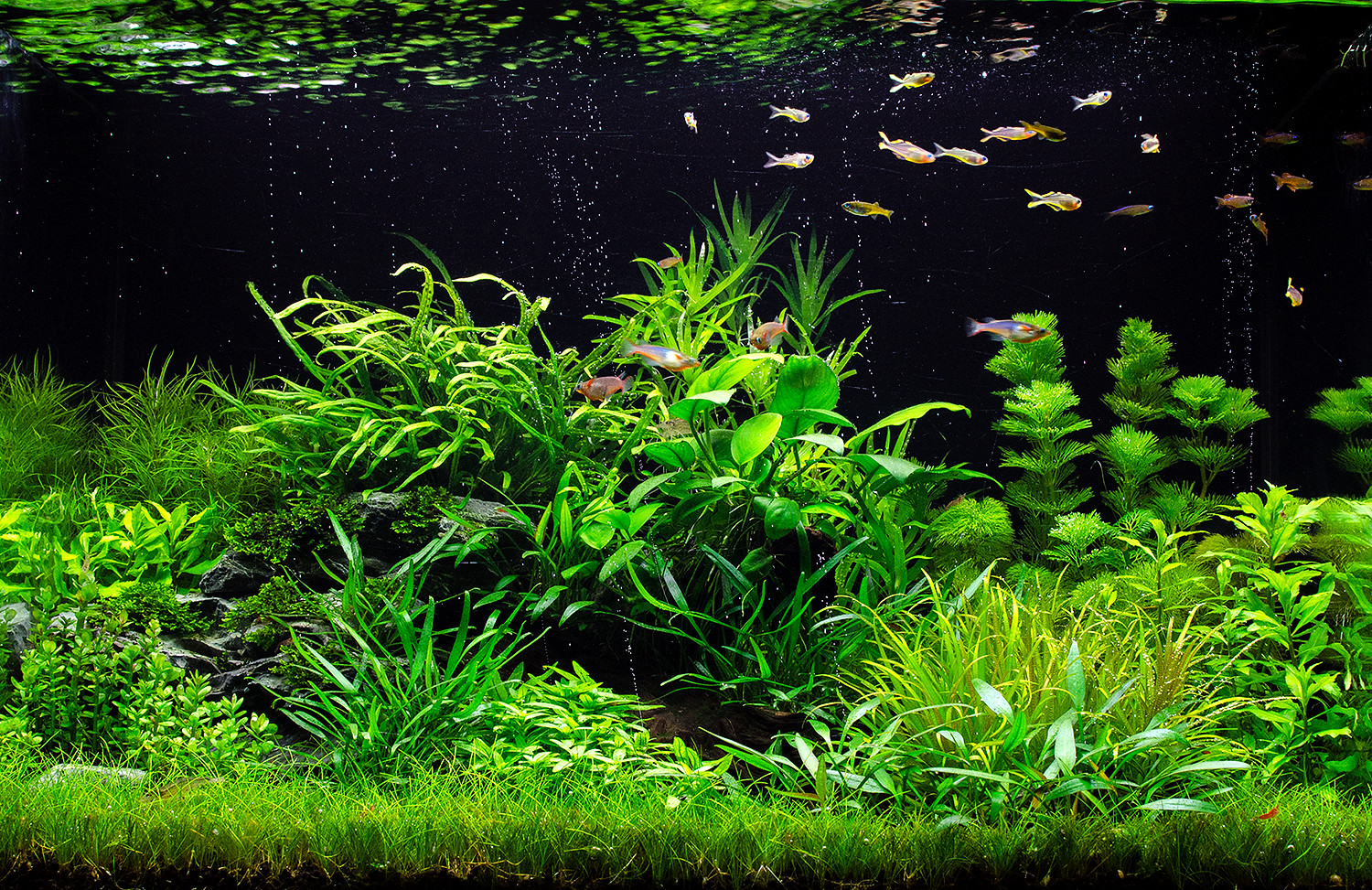
Creating an aquascape in your aquarium
In regards to vegetation, the Banachs said that there are three other smart choices to make that will help plant life thrive in an aquarium:
- Proper lighting. Tyler Banach said the light source should be around 6,500 to 6,700 Kelvin.
- Nutrient-rich soil.
- Carbon dioxide.
How often to Illuminate your aquarium is up to individual tastes, but the Banachs said there are guidelines to consider.
“Eight to 10 hours a day is sufficient,” Steve Banach said. “Have the light on when you’re home so you can enjoy the aquarium.”
During the daytime, fish will benefit from the ambient light in your home. In addition, using less light will keep algae growth down in aquariums with plants. An automated timer can be purchased to make lighting easier.
The Banachs also advise the regular use of a water conditioner when filling an aquarium with tap water, performing water changes, or adding fish to ensure fish continue to thrive during normal aquarium maintenance.
Consider the fish when opting out of the aquarium scene
But should you install an aquarium and decide for whatever reason that it isn’t right for you, the Banachs strongly advise against releasing fish into a local pond or river.
“It’s not fair to the fish,” Steve Banach said. “And the DNR doesn’t like it since the fish eat the vegetation and mess with the natural habitat. So when you’re done with your fish, call a store that’s reputable and get it donated.”
More information on how to humanely divest yourself of your fish can be found here.

